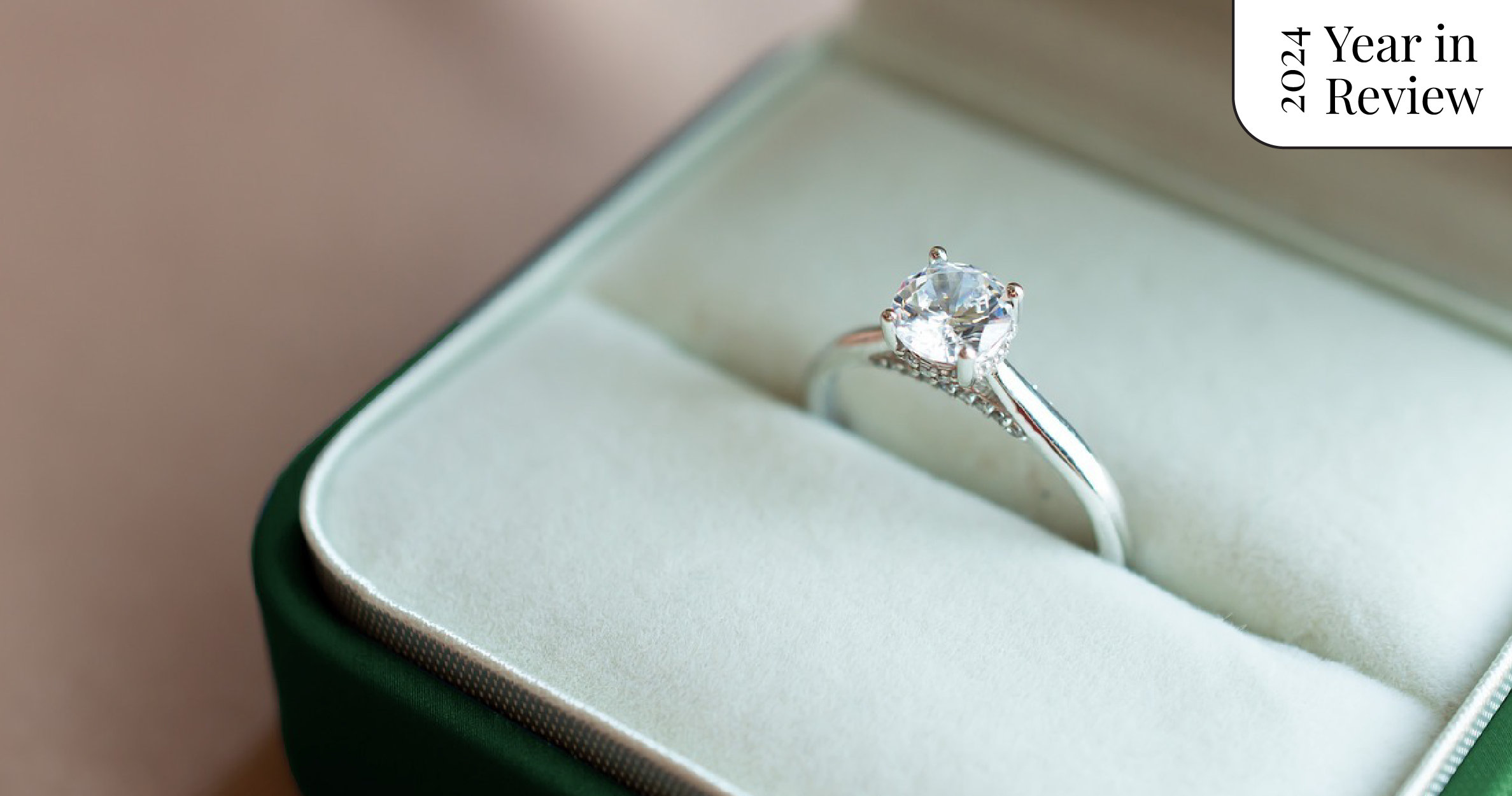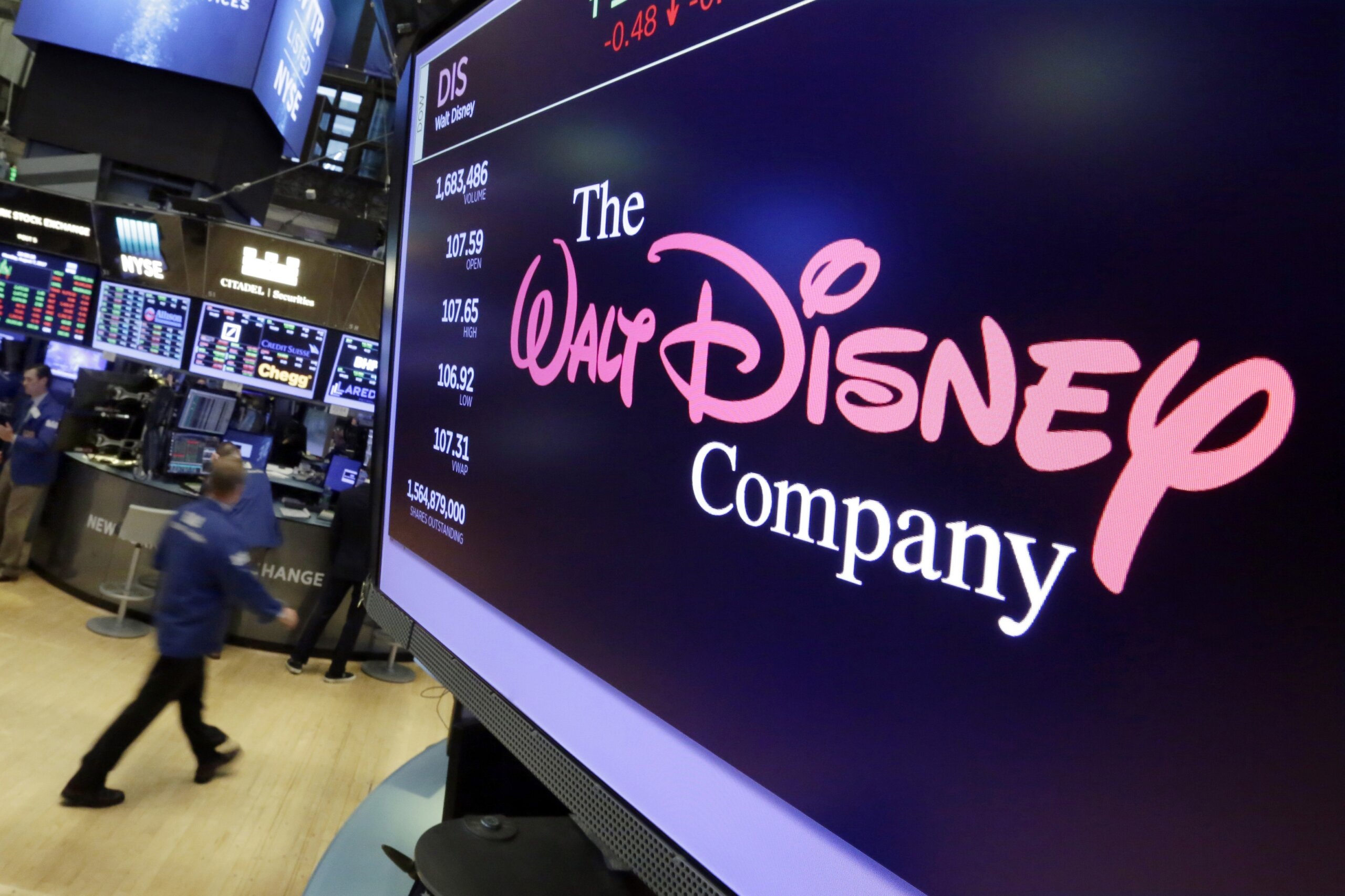Fashion
Fashion Briefing: Diamond prices crashed in 2024. Where does the industry go from here?

This week, we take a look at the crashing prices of diamonds in 2024 and what the new paradigm of the industry will be thanks to the rise of lab-grown diamonds.
The diamond industry was disrupted in 2024. While the rise of lab-grown diamonds began eating into the prices of mined diamonds, which reached their record high in 2022, 2024 was the year prices for mined diamonds truly collapsed.
Lab-grown diamonds went from selling for around 20% less than mined diamonds in 2019 to selling for around 80% less. Some mined diamond prices have fallen as much as 20% and will likely continue dropping next year. The changes have been immediately felt by jewelers who spoke with Glossy.
“The emergence of lab-grown diamonds has dramatically changed the purchasing power of young adults looking to get engaged, as we now see a younger clientele that can afford diamond rings at a lower price point,” said Austin Willard, founder and CEO of the jeweler Faithful Platform. “In an average month, we see 80-90% of our clients coming to us asking for lab-grown diamonds. At this point, consumers are well educated on the differences and are choosing lab-grown so they can afford bigger stones, at an earlier stage in life, for a fraction of the cost of natural diamonds.”
This change has had a disrupting effect on the entire industry that even experts are still trying to make sense of. Lisa Rosen, the CEO of the International Gem Society, said, “The diamond market has never seen such a significant negative disruption, and it will take a few more years for the full impacts to be known and felt.”
“Mined diamond prices are falling because they need to compete with lab-grown diamonds,” Rosen said. “I believe we are in the middle of a race to the bottom on prices, though, in my opinion, retailers may be keeping lab-grown diamond prices artificially high in order to slow this process down.”
The mined diamond industry has not been taking these changes lightly. Advertising campaigns have attempted to frame mined diamonds as “natural,” as opposed to synthetic lab-grown diamonds. (There is no actual difference between the diamonds themselves.) In April, the Natural Diamond Council, a group made up of diamond industry executives from companies like De Beers, issued a complaint against the lab-grown diamond company Skydiamond. The latter was running ads saying its diamonds were “mined from the sky,” which the NDC took issue with. A U.K. court sympathized and ordered Skydiamond to change its wording.
But the fight over language goes the other way, too. The NDC itself was criticized by the National Advertising Division, a non-profit that evaluates truth and accuracy in American ad campaigns, for the way it frames the differences between mined and lab-grown diamonds. Particularly, the NAD criticized claims from the NDC that mined diamonds are more “real” than lab-grown and its language implying mined diamonds are better environmentally.
The rise of lab-grown has had the most impact on the lower end of mined diamonds, where the customer is already fairly price-conscious, according to Rustin Yasavolian, CEO of Masina Diamonds.
“The market that is being hit the hardest is the natural diamond market from 0.75 carats to 1 carat,” Yasavolian said. “Because these stones typically bounce around the $3,000-$4,000 range, most couples tend to lean toward lab-grown diamonds in this price point. It’s hard to look at a 0.90-carat natural diamond and a 3-carat lab-grown diamond for the same price and opt for the smaller stone.”
Even the companies that have benefited from lab-grown diamonds’ explosive popularity are unsure of where things will go from here. Ty Wilson, co-founder and COO of online jeweler CustomMade, said the company’s diamond sales have gone from 98% mined diamonds five years ago to 80% lab-grown this year. He said he sees three possibilities for where the industry goes from here.
“There isn’t too much further for lab diamond prices to fall, so eventually we’ll reach a new equilibrium,” Wilson said. “It’s not clear what that will be, but I see several plausible options. One is that lab diamonds become totally mainstream and mined diamonds become a niche product. A second is that lab diamond prices fall so far that they lose their prestige, leaving a relatively large portion of the market for mined diamonds. A third is that all of these changes lead to more popularity for colored gemstones like sapphire and ruby for engagement rings. The most important factor is consumer perception, and that’s hard to predict.”








